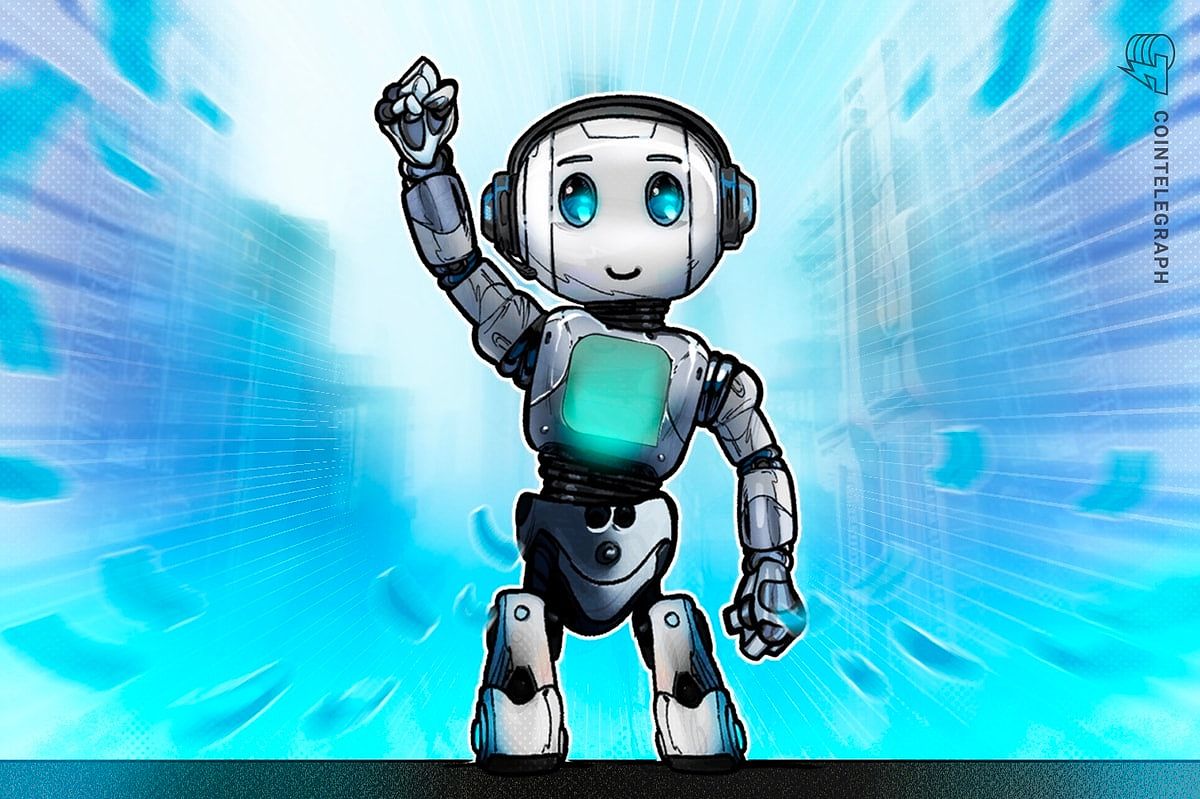The future of robotics is not merely a speculative vision but a tangible reality that is unfolding around us. As technology evolves, we find ourselves on the brink of a new era where robots are set to play a crucial role in our daily lives. This transformation is driven by substantial investments from technology companies aimed at developing advanced robotic systems that cater to consumer needs. The implications are profound, extending beyond mere convenience to fundamentally alter industries and redefine human experiences.
The Evolution of Consumer Robotics: A Shift from Industrial Use
Historically, robotics has been primarily associated with industrial applications, confined to performing specialized tasks within factories. However, we are witnessing a significant shift toward consumer robotics, where machines are being designed to meet the diverse needs of everyday individuals. This new generation of robots is characterized by increased versatility, intelligence, and accessibility, which promises to reshape our interactions with technology. Whether it’s personal assistants that help manage our homes or drones that deliver packages directly to our doorsteps, the potential applications are expanding rapidly.
The Broader Impact of Robotics: Industry Transformation and Societal Change

The influence of robotics extends far beyond individual consumer benefits. These innovative machines are positioned to revolutionize various sectors, enhancing efficiency, productivity, and innovation. In healthcare, for instance, robots are playing pivotal roles in surgical assistance, patient care, and complex medical research. The manufacturing landscape is undergoing a transformation due to automation, resulting in heightened production capabilities and reduced labor costs. The transportation sector is also on the verge of a significant overhaul with the advent of autonomous vehicles and advanced logistics systems. Even agriculture is reaping the benefits of robotics, with practices such as precision farming and robotic harvesting becoming increasingly prevalent.
Robotics and Employment: Navigating Change and Creating Opportunities
As robotics becomes more integrated into our lives, it raises critical questions about the future of work. While automation can streamline processes and improve efficiency, it also poses risks of job displacement in certain sectors. This reality necessitates a proactive approach to workforce adaptation, emphasizing the importance of retraining and upskilling to prepare for the evolving job market. The challenge lies in recognizing the opportunities that robotics presents, fostering the emergence of new industries and roles that complement human capabilities rather than replace them.
Ethical Challenges: Addressing the Implications of Advanced Robotics
With advancements in robotics come significant ethical considerations that must be addressed. The integration of these technologies into society raises pressing questions regarding data privacy, potential biases, autonomous decision-making, and the risk of misuse. It is imperative to establish responsible guidelines and regulations that ensure robotics is deployed ethically and serves the greater good. Engaging in thoughtful discourse around these issues is essential for navigating the complex landscape of modern robotics.
Conclusion
The trajectory of robotics is undeniably promising, heralding a future where technology becomes an integral part of our lives. While the path forward is fraught with challenges, the potential advantages are substantial, ranging from enhanced productivity and efficiency to transformative improvements in healthcare and overall quality of life. By fostering a culture of innovation, preparing for workforce changes, and prioritizing ethical considerations, we can harness the full potential of robotics to create a better future for all. Embracing this technological revolution requires a balanced approach that acknowledges both the benefits and the responsibilities inherent in these advancements.

